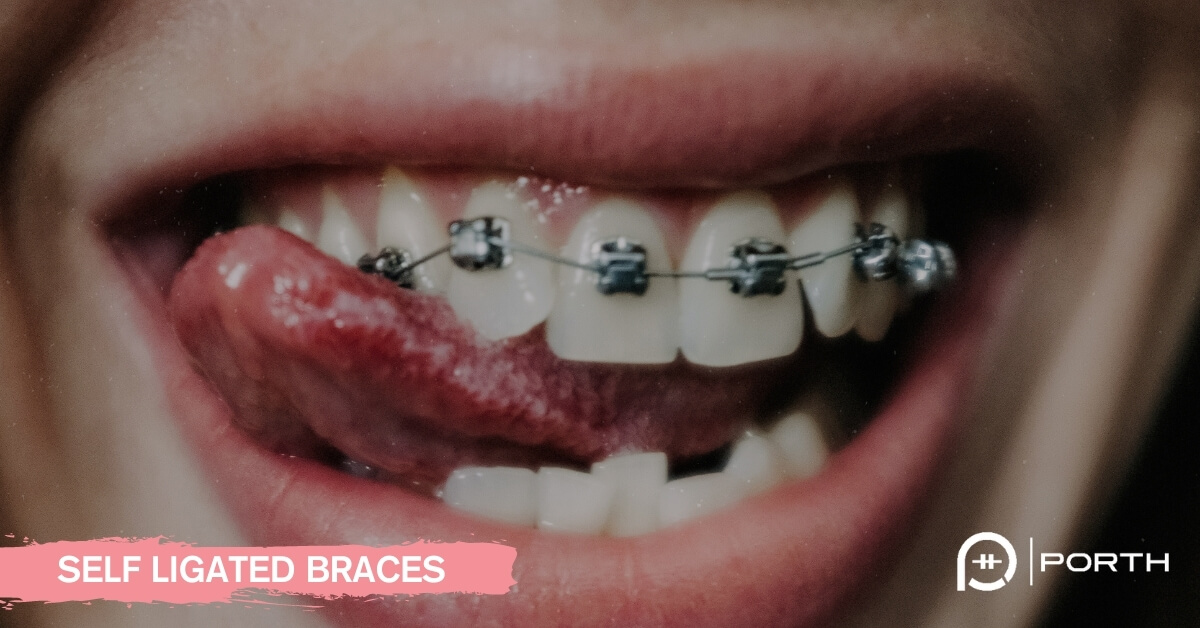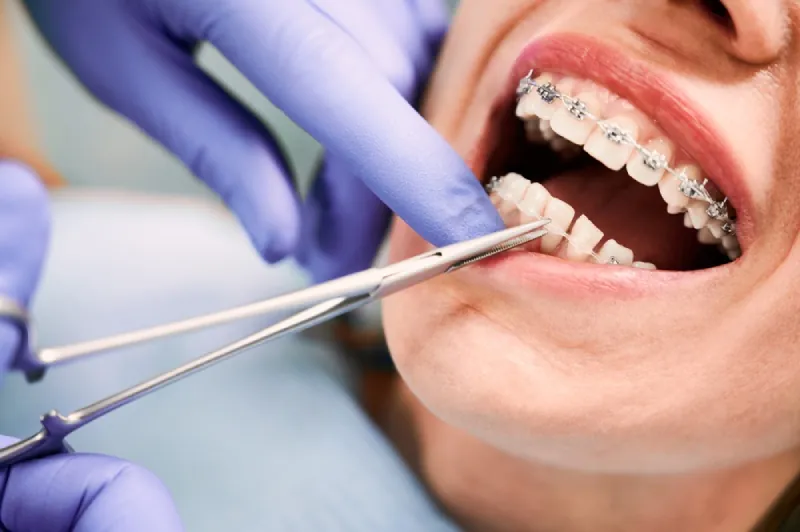Getting My All Star Family Orthodontics To Work
Getting My All Star Family Orthodontics To Work
Blog Article
The 9-Minute Rule for All Star Family Orthodontics
Table of ContentsLittle Known Questions About All Star Family Orthodontics.The Definitive Guide for All Star Family OrthodonticsThe smart Trick of All Star Family Orthodontics That Nobody is Talking AboutA Biased View of All Star Family OrthodonticsThe Greatest Guide To All Star Family Orthodontics

At Advanced Orthodontics, we offer individuals with a holistic treatment experience. Furthermore, we provide flexible therapy routines, adaptable payment options and an enjoyable, delightful experience - old bridge braces. Telephone call ( 480) 357-4900 today for more details and timetable an appointment.
An orthodontist is a dentist trained to detect, avoid, and deal with teeth and jaw abnormalities - (https://papaly.com/categories/share?id=9cf8df73948b4264955dd39c04046333). They correct existing problems and are educated to recognize problems that might create in the future. Orthodontists collaborate with individuals of any ages, from youngsters to adults. People typically associate a perfect smile with health.
Malocclusion, or misaligned teeth, can result in oral concerns, consisting of dental caries, gum tissue condition, and difficult or unpleasant chewing. But not everyone is born with straight teeth. If you have a poor bite or big areas in between your teeth, you might desire to consult a dental practitioner specializing in orthodontic care.
Some Known Questions About All Star Family Orthodontics.
(Image Credit: DigitalVision/Getty Images) Orthodontists use taken care of and detachable oral devices, like braces, retainers, and bands, to change the setting of teeth in your mouth. Orthodontic treatment is for dental abnormalities, consisting of: Uneven teethBite problems, like an overbite or an underbiteCrowded teeth or teeth that are too much apartJaw misalignmentThe objective of orthodontic treatment is to enhance your bite.
A healthy bite guarantees you can consume, chew, and speak correctly. While you might believe of orthodontists as mostly for youngsters or teenagers who need braces, they can correct oral problems at any kind of age. Orthodontists attend university, oral college, and orthodontic school. After graduation, they invest 2 or 3 years in an orthodontic residency program.
All orthodontists are dental professionals, yet not all dentists are orthodontists. Orthodontic residency programs use extensive, concentrated instruction for oral specialists. They concentrate on two locations: Just how to correctly and securely relocate teeth How to appropriately guide development in the teeth, jaw, and faceOnce an orthodontist has completed training, they have the choice to end up being board accredited - (https://pastebin.com/u/alstrfmlyrth).
Getting The All Star Family Orthodontics To Work
Imbalance, or malocclusion, is the most usual reason people see an orthodontist. Malocclusion is typically treated with: Your orthodontist connects steel, ceramic, or plastic square bonds to your teeth.
If you have only minor malocclusion, you might have the ability to use clear braces, called aligners, rather than typical dental braces. Some individuals need a headgear to aid relocate teeth into line with pressure from outside the mouth. After dental braces or aligners, you'll require to use a retainer. A retainer is a custom-made tool that maintains your teeth in position.

You might need to see an orthodontist if you have: Crowding or not enough room for all of your teethOverbite, when your top teeth come your bottom teethUnderbite, when your base teeth are too much forwardSpacing or problems with gapsCrossbite, which is when your upper teeth fit behind your base teeth when your mouth is closedOpen bite or an upright void in between your front base and top teethMisplaced midline, when the center of your bottom and top teeth do not align Correcting an oral malocclusion can: Make biting, chewing, and speaking easierImprove the balance of our face and your overall appearanceEase discomfort from temporomandibular joint disordersDifferent your teeth and make them much easier to clean up, assisting protect against dental cavity or tooth cavities It's often a dental professional who first notifications misaligned teeth during a regular examination.
Not known Details About All Star Family Orthodontics
Throughout your very first orthodontic assessment, you'll likely have: An oral examPhotos taken of your face and smileDental X-raysPanoramic (360 level) X-rays of your face and headImpressions to create molds of your teethThese examinations will help your orthodontist know her response exactly how to proceed with your treatment. An orthodontist is a dental practitioner who's had training to treat your teeth and jaw.
Orthodontists might execute surgery, exams,X-rays, - old bridge bracesand more to assist you achieve a much more comfy, much healthier smile. An orthodontist is concentrated on your bite, so something like a chipped tooth would certainly be dealt with by a dental expert. Orthodontists are dental professionals but not all dentists are orthodontists. Orthodontists are concentrated on your bite, or the means your teeth fit with each other, and the straightness of your teeth.

This initial examination entails a visual examination of your teeth and attack, X-rays, and potentially also 3D scans. By meticulously reviewing these components, the orthodontist can determine any kind of misalignments, crowding, spacing concerns, or jaw inconsistencies. As soon as a clear photo is developed, the orthodontist will certainly discuss personalized therapy alternatives. This discussion will cover the kind of braces or aligners advised (conventional metal braces, clear aligners like Invisalign, etc), the projected therapy duration, and any kind of possible challenges or negative effects.
Facts About All Star Family Orthodontics Revealed
, orthodontists have a varied toolkit at their disposal. These tried-and-true braces use a system of braces adhered to the teeth and linked by cables.
Clear aligners, like Invisalign, are a preferred option for patients seeking a more very discreet therapy choice. These removable trays are personalized to progressively change the teeth's position. Headgear might be used together with braces or aligners to apply added targeted forces, especially for remedying jaw disparities. In cases of slim jaws, palatal expanders can be used to create room for proper tooth positioning.
Report this page